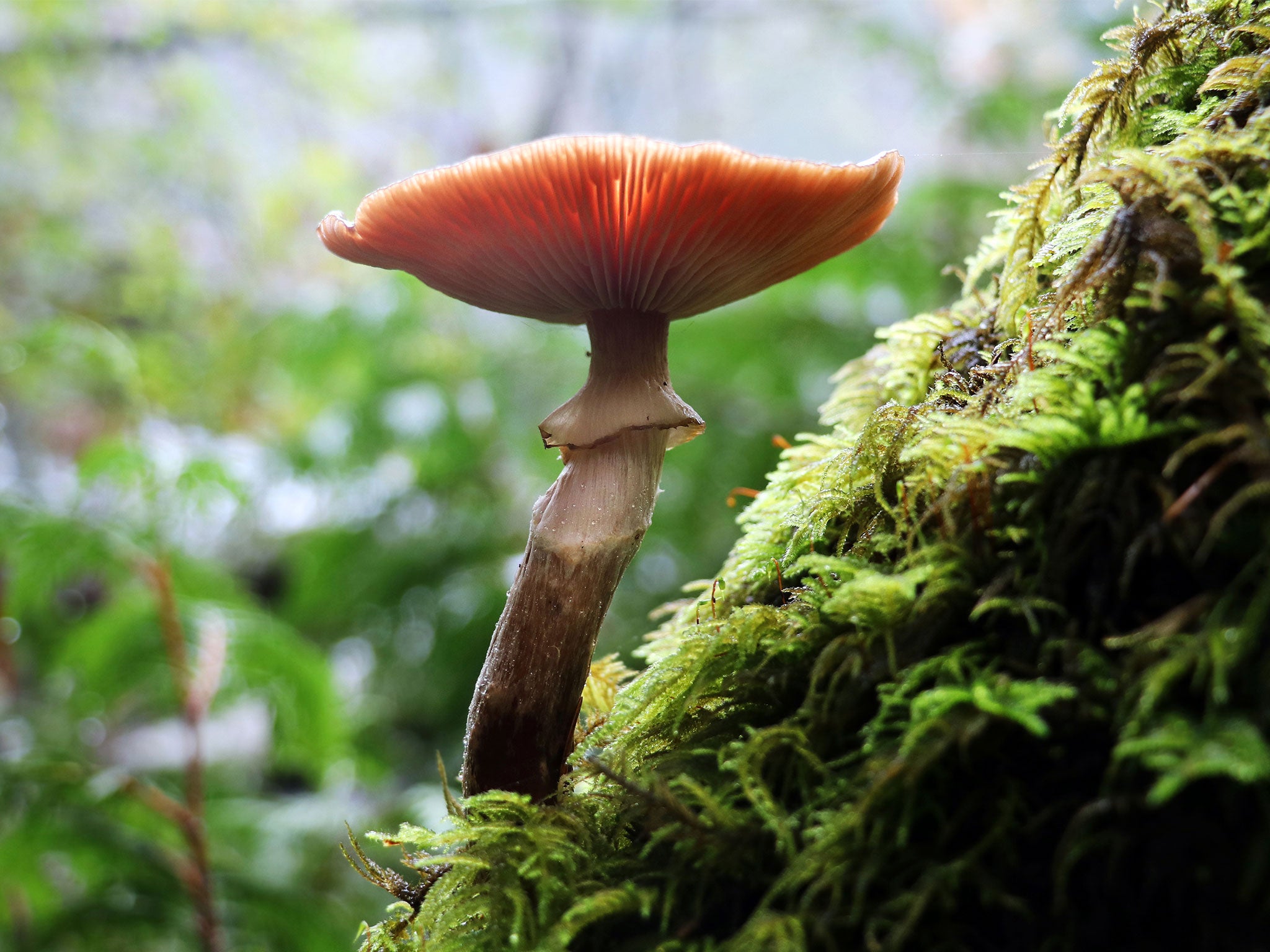Mushroom: Scientists concerned over ‘potentially deadly’ fungus identification app
Mycologists say many variations of mushroom are 'indistinguishable', meaning app users could easily mistake edible ones for poisonous fungi

A photo recognition app designed to help foragers identify wild mushrooms has been condemned by scientists as “potentially deadly”.
Mushroom – the new mobile app – uses photographic and artificial intelligence in an attempt to distinguish between different mushroom varieties in the wild, but some scientists are concerned over the app’s accuracy.
According to mycologists (those who study fungi) and seasoned foragers, it isn’t always easy to tell poisonous and edible varieties apart without close inspection.
“I can photograph and Agaicus campestris” said expert forager, Cab Davidson via Twitter, “they’re indistinguishable. Only one can hospitalise you.”
Environmental scientist, Grant Williamson added to the Twitter debate by calling Mushroom, “the most potentially deadly app I’ve ever seen.”
As noted by app creator - Nicholas Sheriff - Mushroom is still in its beta stage, and struggles to correctly identify several species of mushroom. This means it could end up mistaking poisonous mushrooms for edible ones. If such is the case, mushroom-picking could be made dangerous for several foraging enthusiasts.
Amanita phalloides – known also as “the death cap” – are becoming increasingly common across Europe and North America, which makes the app’s potential to cause harm more alarming to sceptics.
Death caps are easily mistaken for edible species due to their pleasant taste and rose-like aroma, but are estimated to pack enough toxins to kill a human in just 30g.
Fourteen people were reported to have fallen ill last year due to mushroom poisoning in Northern California, with three requiring liver transplants.
In 2013, a gardener in Bridgewater suffered organ failure after cooking them into soup. Some scientists have warned against using the app exclusively when out exploring, for fear it may result in similar poisonings.
Mr Sheriff stressed the app should not be considered the definitive tool for deciding what’s safe to eat, however.
Speaking to VICE, he said: “No one is going to memorise every species of mushroom in the world, even if you’re a genius,” suggesting Mushroom is intended more as a reference guide, than an all-inclusive tool for mushroom-hunting.
Mr Sheriff has stated his intentions to expand the app’s precision to match that of books on wild fungi, and the app has since been renamed.
But research scientist, Samuel Banister highlighted that even specialists can have issues identifying mushrooms purely on appearance.
Even if it is expanded, the app could still be open to inaccuracies. Following the controversy, inexperienced foragers have been advised to leave any wild plant alone unless they are absolutely certain it’s safe.
Mr Sheriff has been contacted for comment.
Join our commenting forum
Join thought-provoking conversations, follow other Independent readers and see their replies
Comments
Bookmark popover
Removed from bookmarks